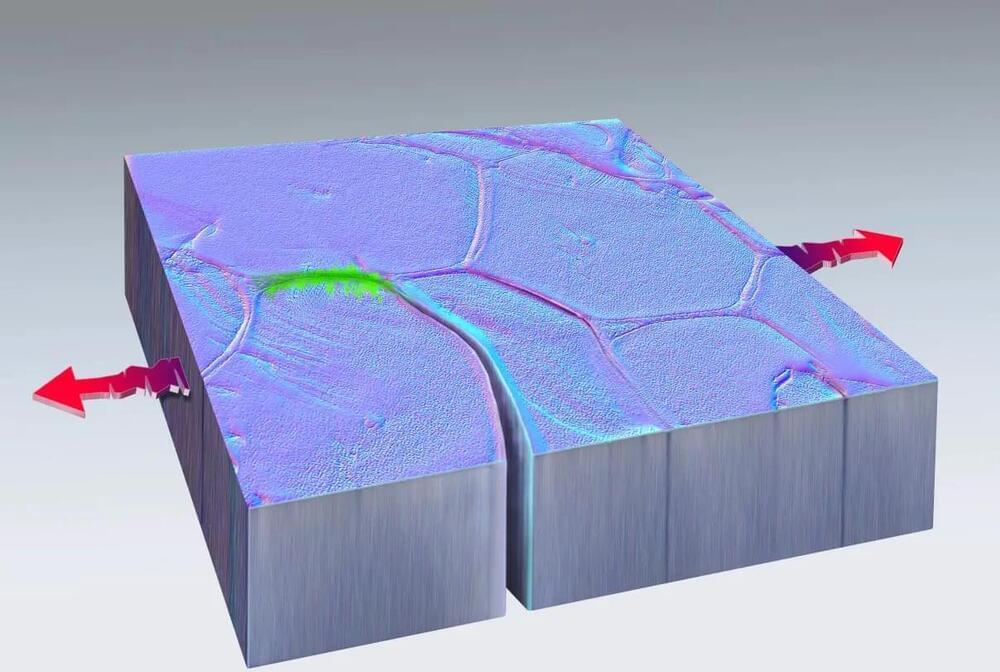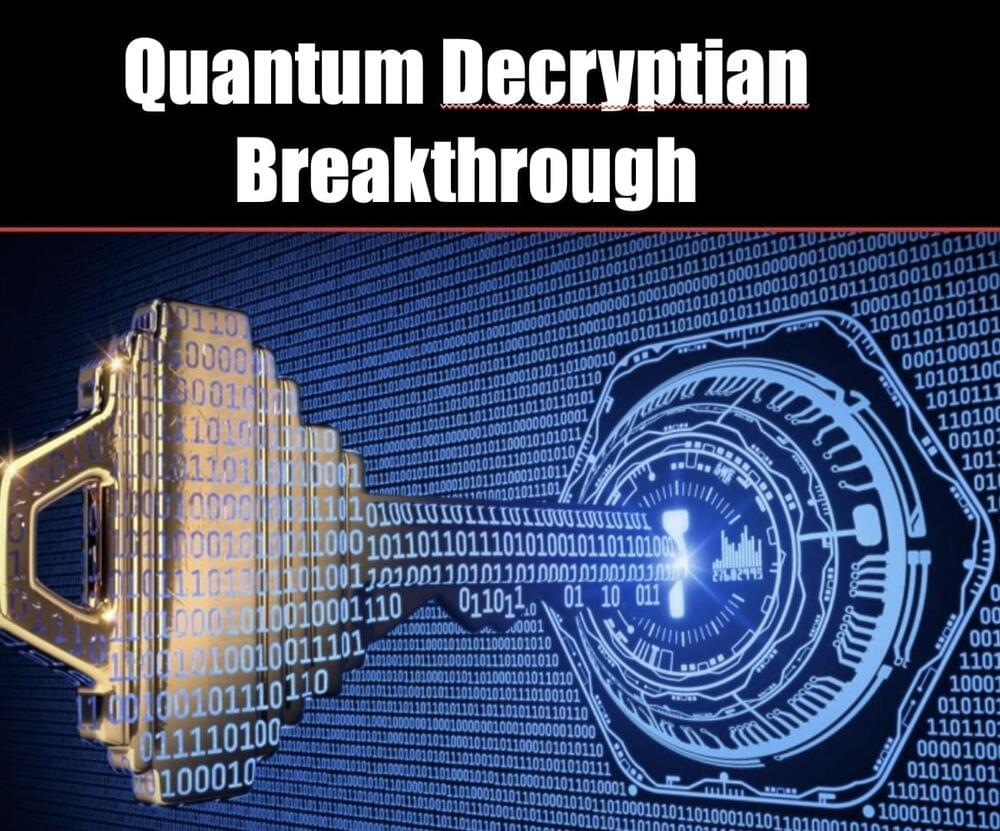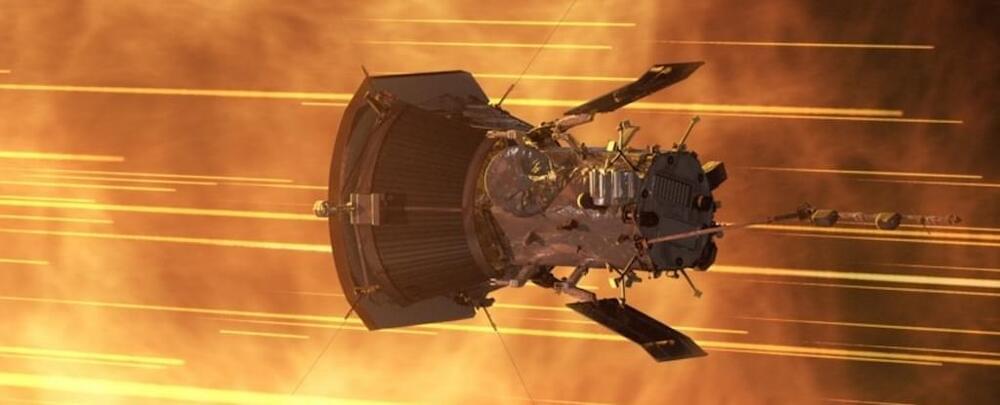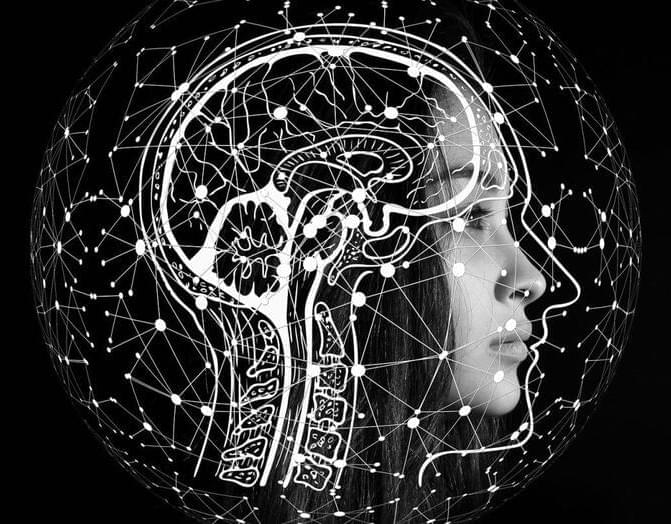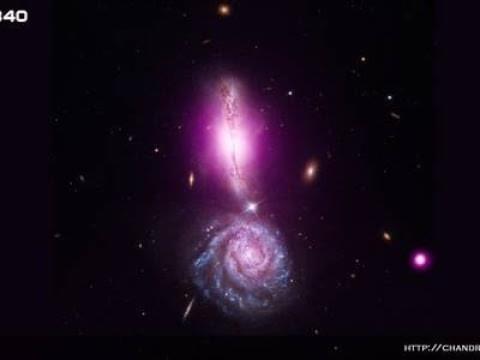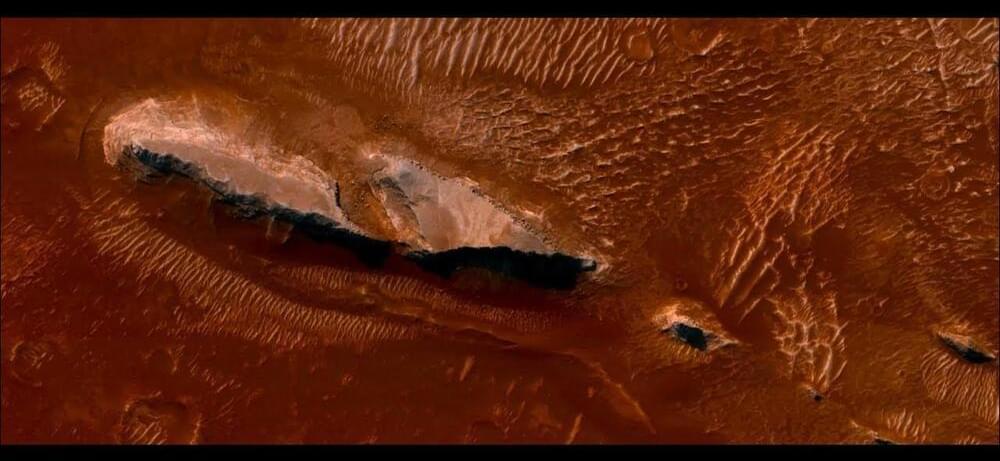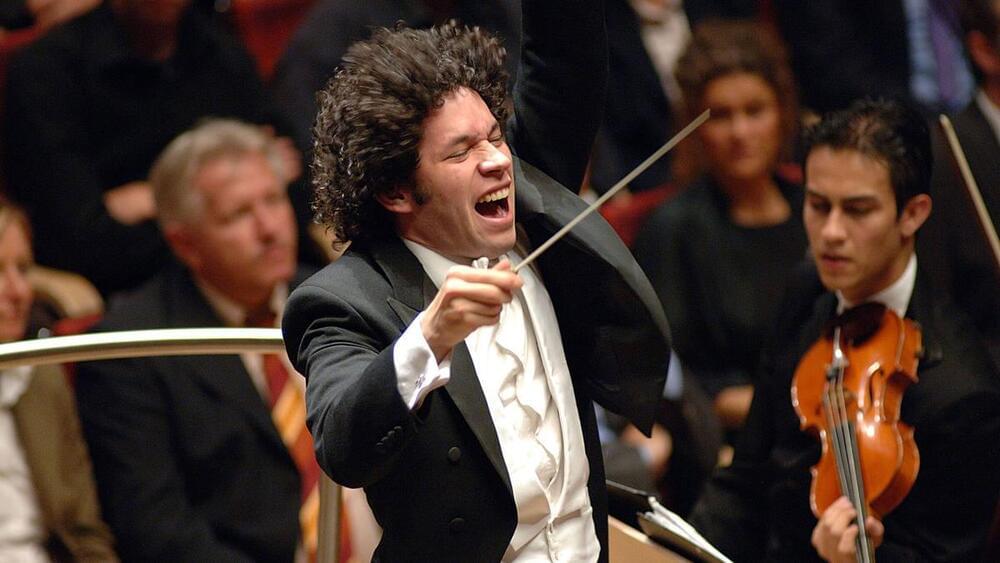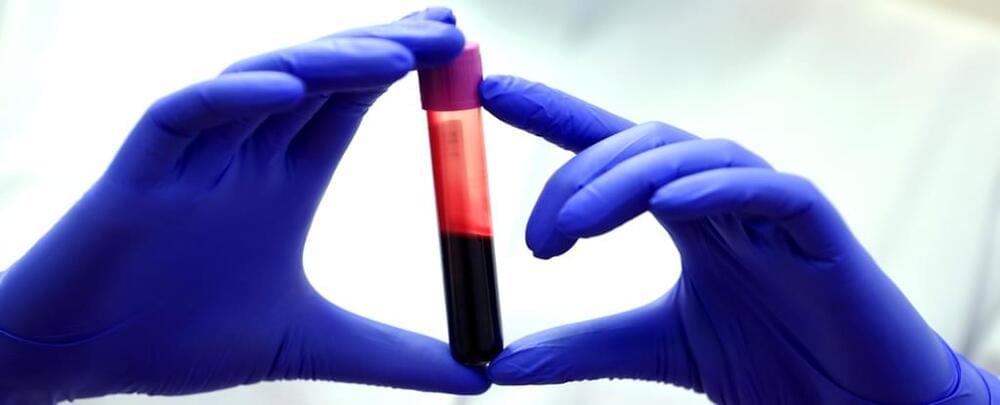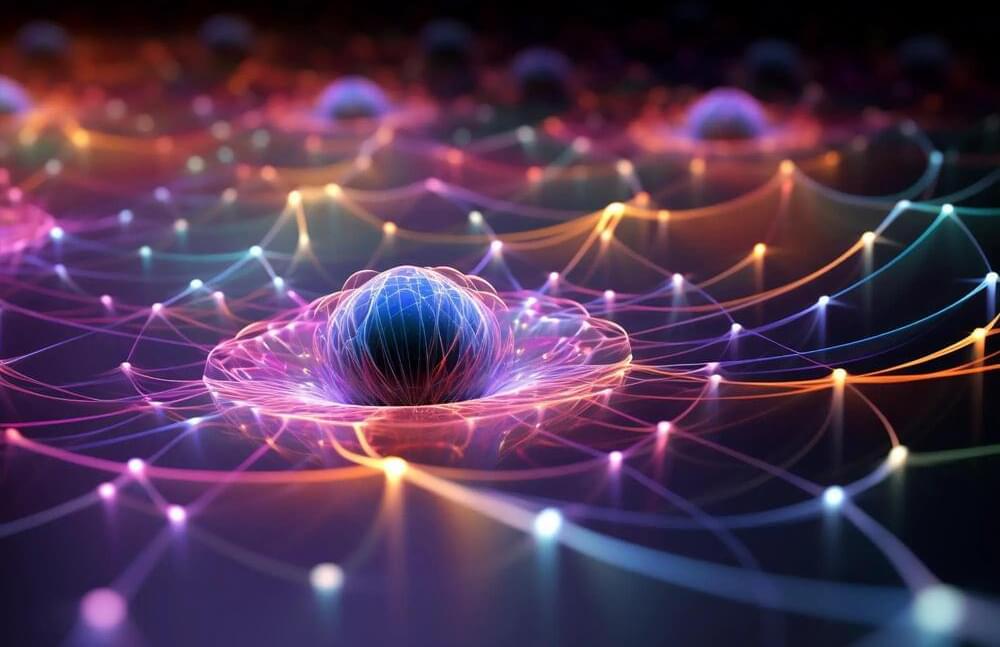Oct 10, 2023
Darwin or Kimura? Natural selection or pure chance? New literature review aims to clarify a heated debate
Posted by Dan Breeden in categories: biological, evolution, genetics
Some of nature’s mysteries have kept scientists busy for decades—for example, the processes that drive evolution. The question of whether certain differences between and within species are caused by natural selection or by chance processes divides evolutionary biologists even today. Now, an international team of researchers has teased apart a scientific debate concerning the evolutionary theories of Darwin and the Japanese geneticist Kimura. Their conclusion: the debate is unnecessarily convoluted by the co-existence of different interpretations.
Due to his contributions to geological and biological sciences, British naturalist Charles Darwin (1809–1882) is considered one of the most important natural scientists. His influential work “On the Origin of Species” (1859), with its strictly scientific explanation of the diversity of life, forms the basis of modern evolutionary biology. Darwin concluded that species evolve through natural selection: well-adapted organisms survive, others don’t.
However, by the end of the 1960s, the Japanese geneticist Motoo Kimura (1924–1994) proposed that at the genetic level, most changes in the course of evolution do not offer direct advantages or disadvantages to the individual but are simply neutral. According to his “Neutral Theory of Molecular Evolution,” first published in 1968, most of the genetic variation within and between species arises from random fluctuations of neutral mutations.

